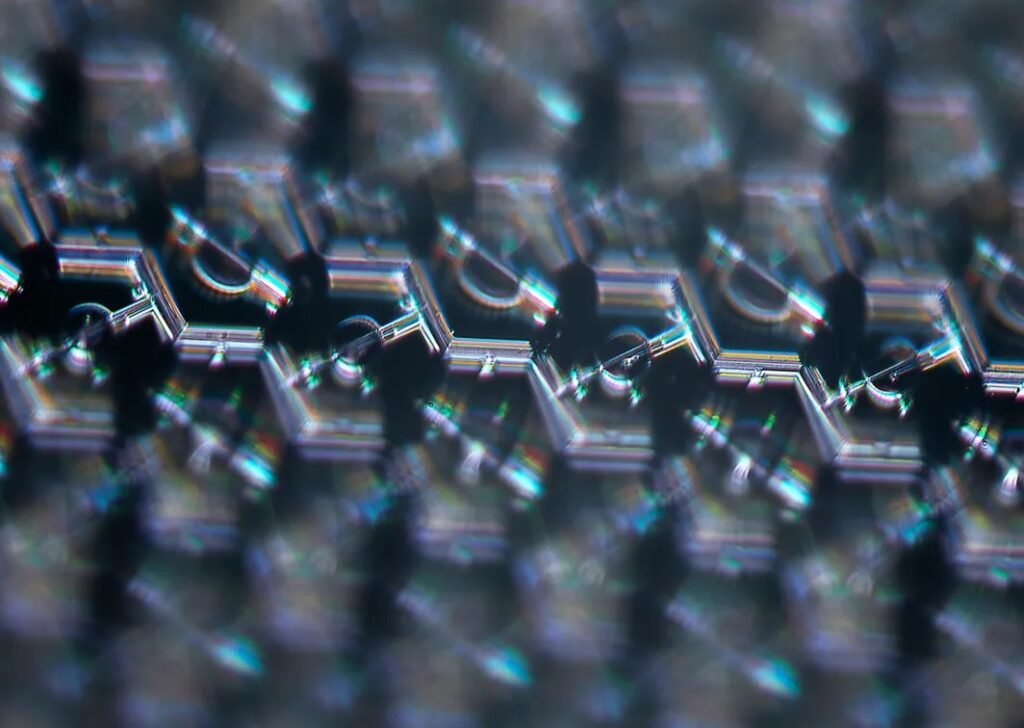Science Corporation’s PRIMA system, a brain-computer interface retinal implant, has demonstrated significant success in restoring functional central vision to patients suffering from geographic atrophy (GA), a late-stage form of dry age-related macular degeneration (AMD). The results of a multicenter clinical trial involving 38 patients across 17 sites in five countries were published in the New England Journal of Medicine. The study found that 84 percent of participants regained the ability to read letters, numbers, and words, and 80 percent showed meaningful improvements in visual acuity.
The PRIMA system consists of a tiny subretinal photovoltaic implant paired with specialized augmented-reality glasses. The implant, measuring just 2 millimeters square and 30 microns thick, is placed under the atrophied macula. The glasses contain a camera and processor that project near-infrared light onto the implant, which converts the signal into electrical impulses. These impulses stimulate remaining retinal cells and transmit visual information to the brain. The implant functions like an array of artificial photoreceptors, effectively bypassing the damaged photoreceptor layer.
Patients in the trial experienced an average improvement of 25.5 letters on the ETDRS vision chart, equivalent to more than five lines of restored vision. Importantly, the procedure did not impair existing peripheral vision. Most adverse events occurred within the first two months post-surgery and resolved quickly. The Data Safety Monitoring Board recommended PRIMA for European market approval, citing that the benefits outweighed the risks. Regulatory approval is pending in both Europe and the United States.
The PRIMA system was originally developed from research led by Professor Daniel Palanker at Stanford University. Co-authors of the study include Dr. Frank Holz of the University Hospital of Bonn and Professor José-Alain Sahel of the University of Pittsburgh and Sorbonne Université. Mahi Muqit, a consultant surgeon at Moorfields Eye Hospital in London, also contributed and has performed the procedure multiple times.
Unlike gene therapies or drugs that aim to slow disease progression, PRIMA offers actual restoration of lost vision. This distinction is critical for patients with advanced GA, who often have no remaining central vision and limited treatment options. The implant’s ability to restore reading ability and improve quality of life represents a paradigm shift in how late-stage AMD is treated.
Here’s a video from Science Corporation that shares more about PRIMA:
More info on the PRIMA system: Science Corporation website
Abstract in the NEJM: Subretinal Photovoltaic Implant to Restore Vision in Geographic Atrophy Due to AMD

